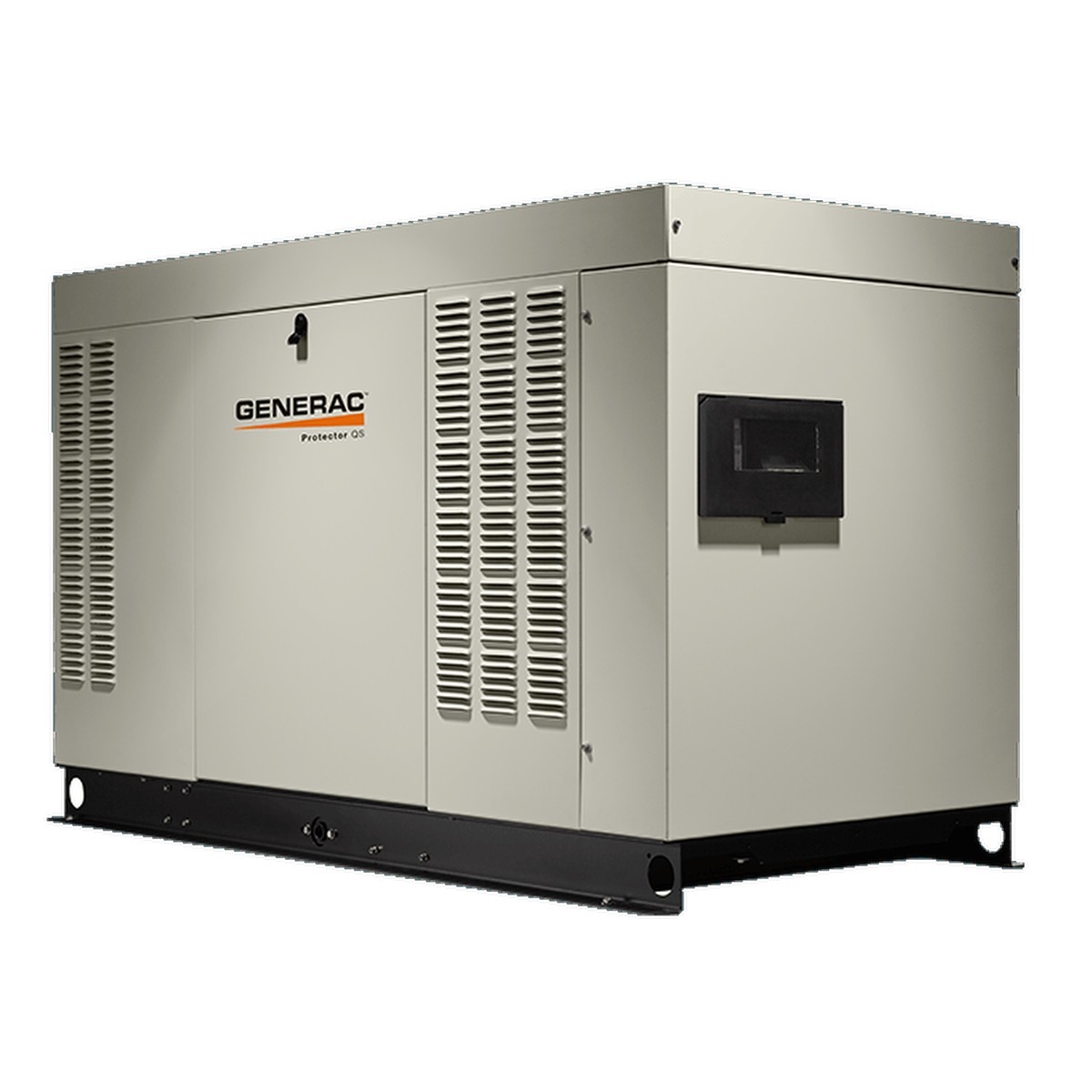
Businesses across the country now include emergency preparedness plans as part of their standard operating procedure. No plan is complete unless it includes backup power.
Of course, having a backup generator goes beyond fulfilling a government requirement. You're ensuring the lights remain on so that employees and customers exit the store safely. In addition, you're ensuring the health of your stock. No one wants to walk in to discover every item in the freezer section thawed overnight.
To handle the power needs of the average grocery store, a traditional household generator doesn’t cut it. You need an industrial unit.
Sizing the generator is the most difficult part. If the unit doesn't generate enough power to fulfill your needs, you may wind up damaging the items instead of powering them. A generator that's too large, though, just wastes your money.
You also need to make sure your generator is compliant with National Electrical Code (NEC) requirements, including sizing, use, installation, and safety features. The easiest way to determine size and remain NEC-compliant is to hire a certified electrician. He or she determines your power usage and generator needs by inspecting your facility and working with you to determine which units you deem critical to continue running in the event of a power outage.
However, you can determine generator size yourself; it just requires a willingness to perform a series of mathematical calculations.
Start with an inventory of every item you want the generator to run in the event of a power outage. Then, determine the kilowatts (kW) of each item. The total is the amount of power you need.
You find the kW information listed directly on the item. However, a missing tag doesn't mean you can't find that magic number; it may be in the owner's manual or available online.
Some items list amperes instead of kW. In that case, you need to convert amperes to kW. Calculate resistive load kilowatts by multiplying the amperes by the volts. Calculate reactive loads by taking that product (amps X volts) and multiplying it by the load factor.
A less accurate calculation, though easier, requires using your store's square footage, using the formula 50kW plus 10 watts for each square foot. So, a 10,000 square foot store looks like this: 50 kW + 100,000 watts. There are 1,000 watts in a kilowatt, so that becomes 50 kW + 100 kW. Therefore, you need a 150 kW generator.
For more information, contact South Shore Generator in Wareham, MA.
Whether your need is to power your business to keep on your production schedule or your home to keep your family safe and sound, South Shore Generator has the product diversity to meet all of your generator requirements. We are proud to sell and service generators from 2kW to 2000kW single set units and up to as large as 100MW utilizing Generac's innovative Modular Power Systems (MPS).